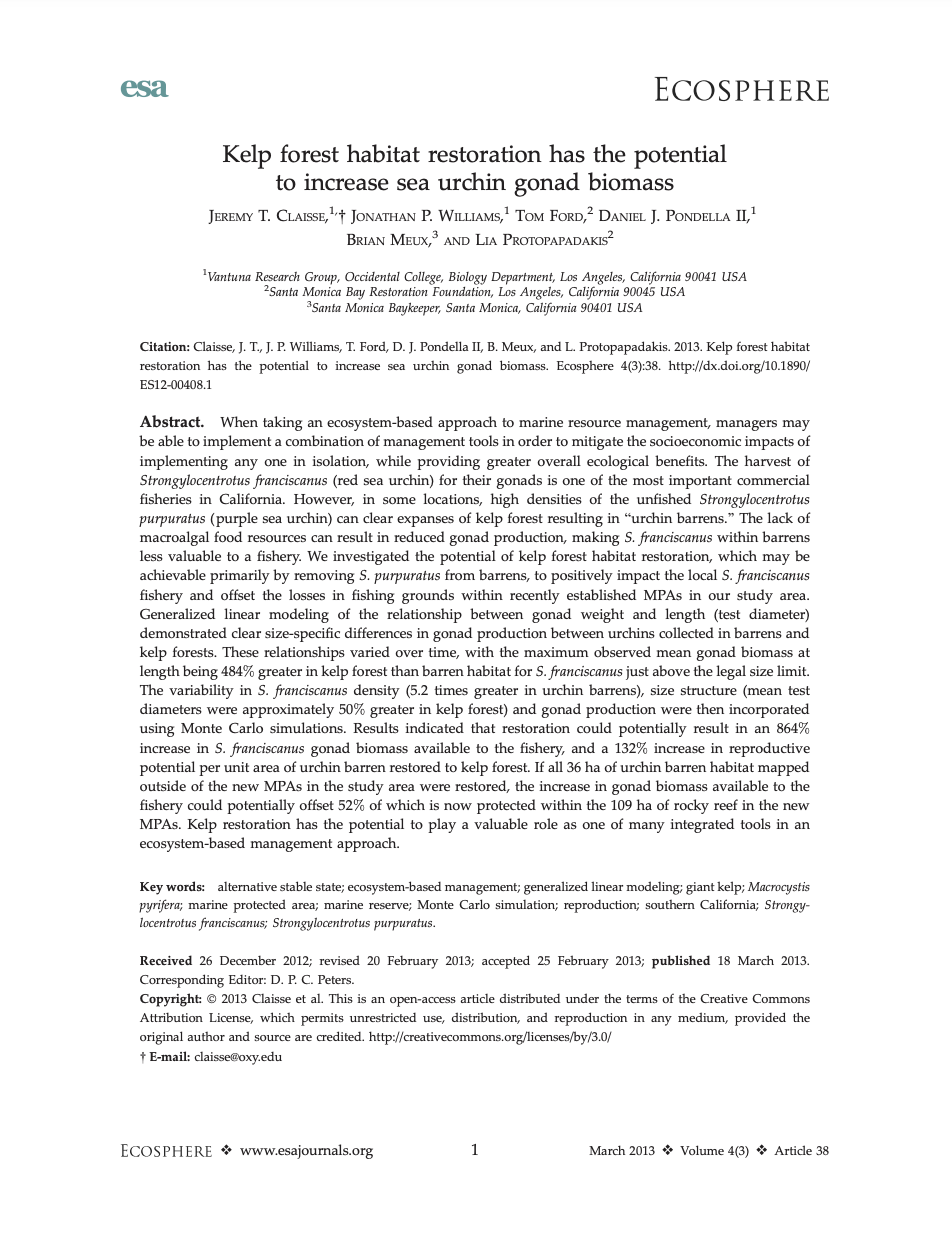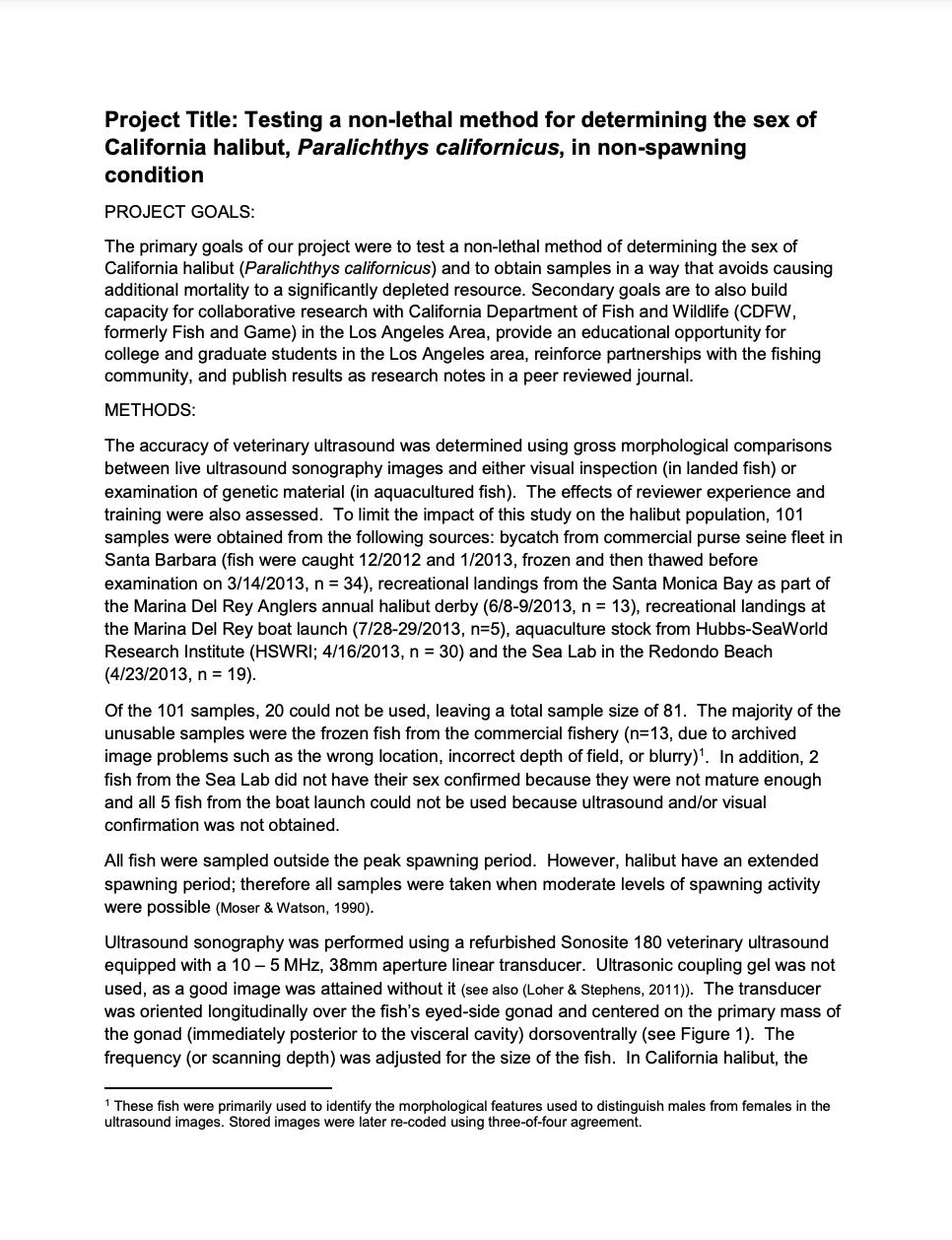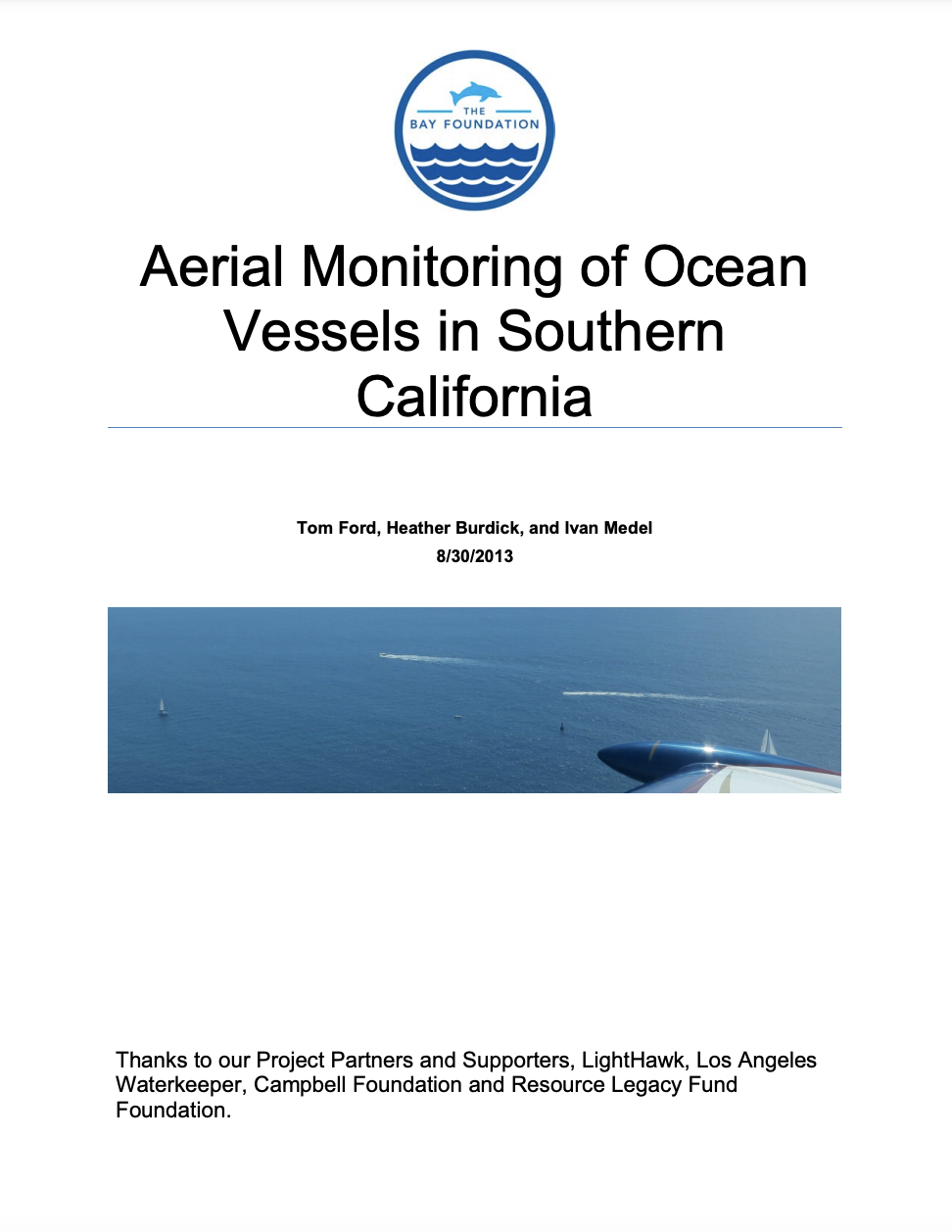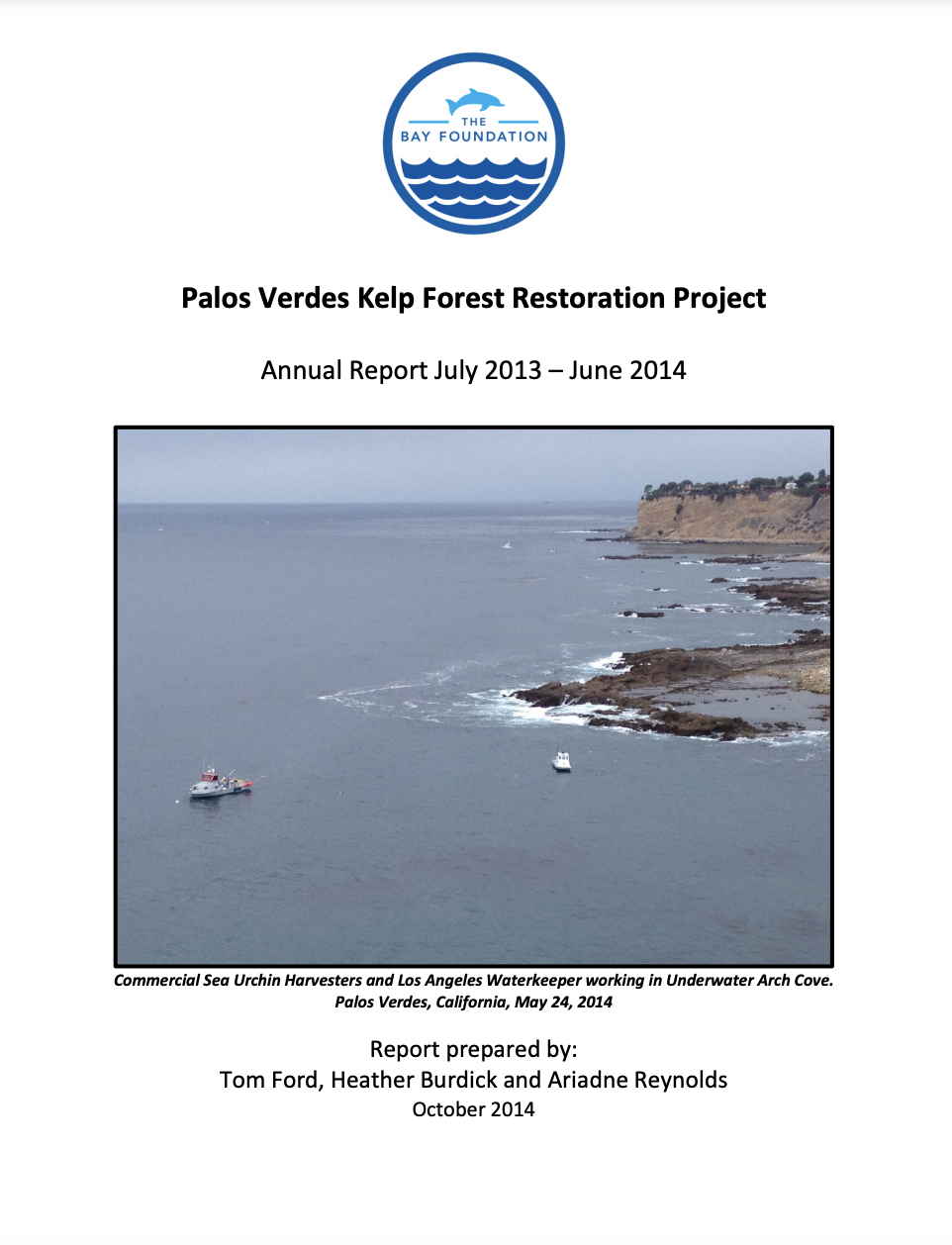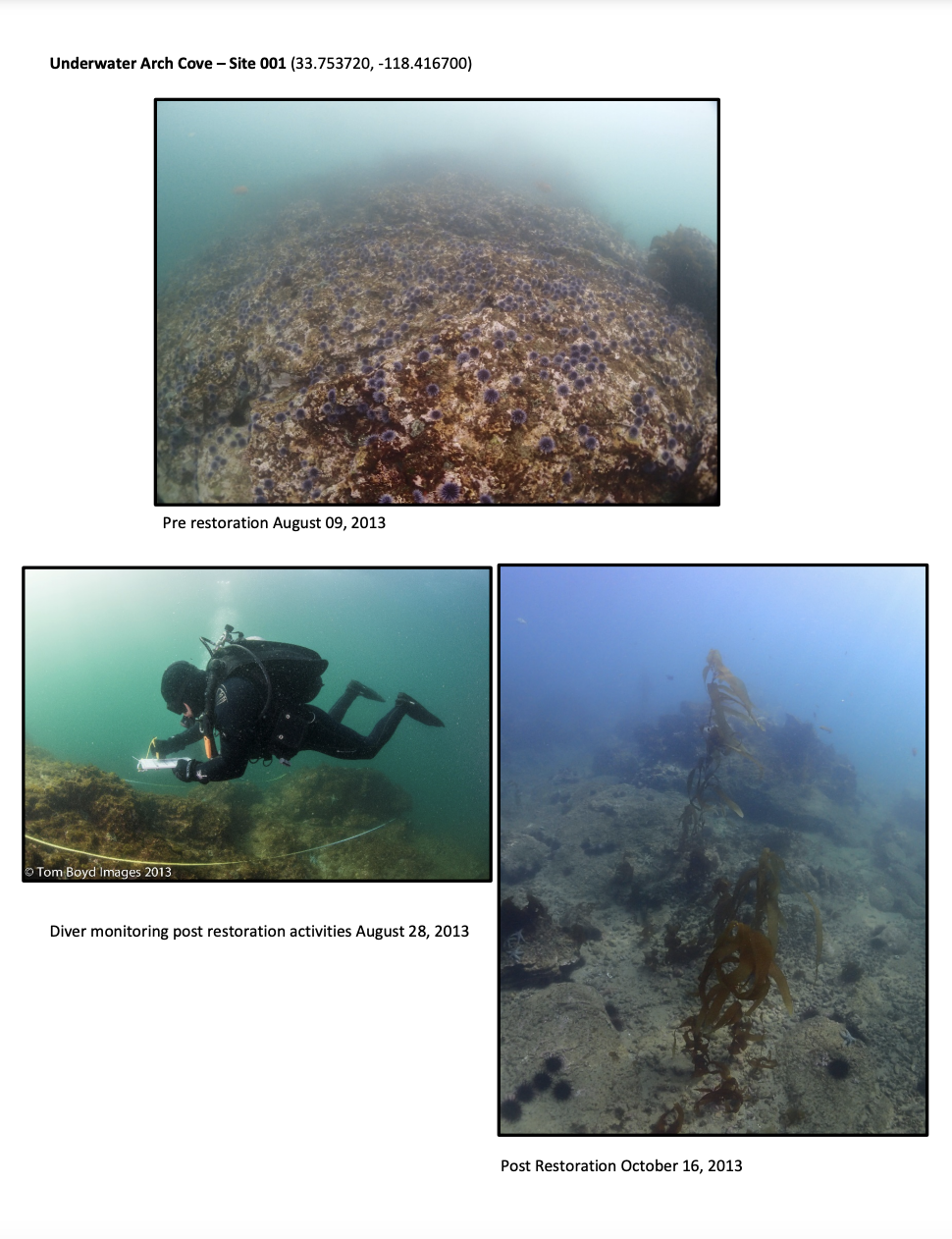(Abstract) When taking an ecosystem-based approach to marine resource management, managers may be able to implement a combination of management tools in order to mitigate the socioeconomic impacts of implementing any one in isolation, while providing greater overall ecological benefits. The harvest of Strongylocentrotus franciscanus (red sea urchin) for their gonads is one of the… Continue reading Kelp Forest Habitat Restoration Has The Potential To Increase Sea Urchin Gonad Biomass
Topic: Ocean
Halibut Sexing Research Final Report – February 2014
The primary goals of this project were to test a non-lethal method of determining the sex of California halibut (Paralichthys californicus) and to obtain samples in a way that avoids causing additional mortality to a significantly depleted resource. Secondary goals are to also build capacity for collaborative research with California Department of Fish and Wildlife… Continue reading Halibut Sexing Research Final Report – February 2014
Development and Application of Genomic Tools to The Restoration of Green Abalone in Southern California
(Abstract) Due to severe declines in abundance throughout southern California, the green abalone (Haliotis fulgens Philippi 1845) became protected under a state-sponsored fishery moratorium in 1997 and was declared a NOAA NMFS Species of Concern in 2004. Recently, H. fulgens was chosen for possible stock restoration via translocation of wild adults to depleted habitat and supplementation through releasing… Continue reading Development and Application of Genomic Tools to The Restoration of Green Abalone in Southern California
Aerial Monitoring of Ocean Vessels in Southern California – August 2013
Objective long-term data on the type, extent and location of boating and boat-based fishing directly supports the success of marine spatial planning and resource management of coastal oceans. This project was initiated to generate an objective fishery-independent dataset to define the extent of boating activities in the state waters off the coast of mainland southern… Continue reading Aerial Monitoring of Ocean Vessels in Southern California – August 2013
Kelp Forest Restoration Annual Report July 2013 – June 2014 (Year 1)
This project developed from an interest in the protection and preservation of giant kelp communities in the Southern California Bight. July 2013 – June 2014 Annual Report for the Palos Verdes Kelp Forest Restoration Project.
Kelp Forest Restoration Annual Report July 2013 – June 2014 (Year 1) – Appendices
Pre- and Post-Restoration images and maps (Underwater Arch Cove and Honeymoon Cove).
Marina Protected Areas & Aerial Monitoring
Since 2008, The Bay Foundation (TBF) and its partner LightHawk have been conducting coastal aerial surveys of boating activities in state waters off the mainland coast of Southern California. Monitoring is focused on the Southern California Bight, divided into two transects—the north transect, which stretches from Los Angeles International Airport (LAX) to Point Conception, and… Continue reading Marina Protected Areas & Aerial Monitoring
Clean Bay Certified Restaurants
The proper management of these wastes can make a significant improvement in the health of Santa Monica Bay. In 2008, The Bay Foundation (TBF) launched the Clean Bay Restaurant Certification Program (aka Clean Bay Certified) to recognize restaurants that integrate sustainability and ocean-mindedness into their business practices. Clean Bay Certified identifies… Continue reading Clean Bay Certified Restaurants
Clean Boating
With four million boaters, California has one of the highest levels of recreational boating in the United States. This large volume of recreational activity in our waterways can come at a cost. Boat-based pollutants such as sewage, used oil, household hazardous waste, marine debris, aquatic invasive species, and emerging contaminants impair our waterways. To protect… Continue reading Clean Boating
Eelgrass Research and Restoration Program
Eelgrass (Zostera spp.) is a marine flowering plant that forms “meadows” and is found in temperate regions throughout the world. The Bay Foundation (TBF) and project partners are working to restore eelgrass meadows while conducting research on the plant and its habitat. Eelgrass are economically and ecologically valuable marine habitats. They and other seagrasses provide… Continue reading Eelgrass Research and Restoration Program
